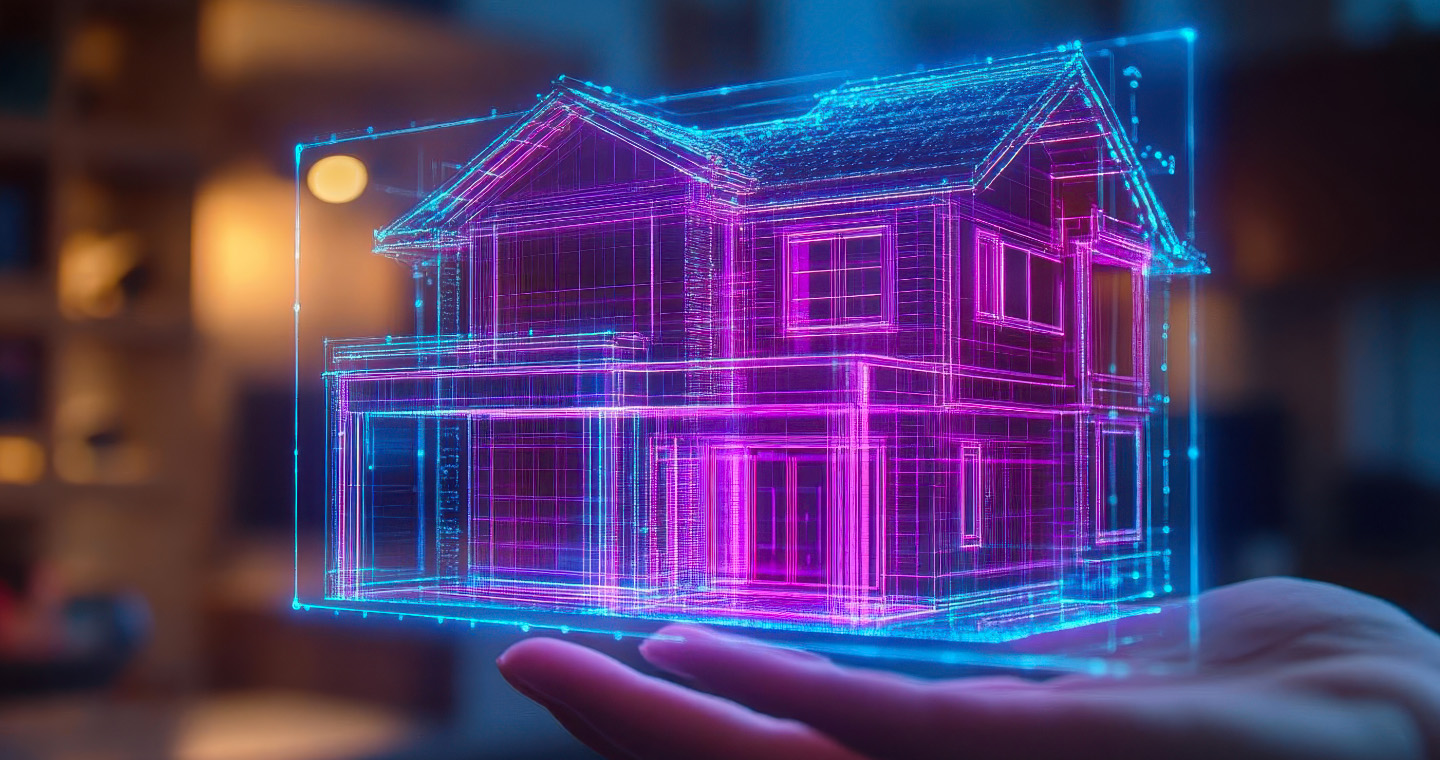In the contemporary real estate market, managing multi-tenant buildings – occupied by multiple tenants with diverse needs – presents new challenges: from operational flexibility to energy efficiency, and the ability to deliver a high-quality, measurable, and shareable environmental experience.
The “Smart Upgrade” project fits into this context. Commissioned by a major international real estate investor, it aims to digitize a portfolio of existing properties located in Italy and other European countries to enhance their energy performance, livability, and ability to meet growing demand for sustainability and transparency.
Context and Objectives
Developed between December 2023 and March 2025, the project involved office buildings, universities, and retail spaces, ranging from 5,000 to 55,000 sqm.
Main objectives:
-
Integrated monitoring of consumption, environmental comfort, and space usage;
-
Provide objective data to facility managers for optimizing the management of complex, multi-tenant properties;
-
Create a scalable, replicable benchmark across other assets;
-
Support efficiency strategies and data-driven governance.
Method and Team: A Tailored Approach
Thanks to a Design & Build approach, we managed the project from its earliest stages with a multidisciplinary team including Account Managers, Project Managers, technicians, electricians, and site supervisors working across Europe.
The project unfolded in multiple phases:
1. Preliminary Analysis and Technical Proposal
-
On-site inspections by in-house technical teams;
-
Development of a tailored project proposal for the tender.
2. Custom Design
-
Customization for each building, considering different tenant types and mixed-use areas (offices, common spaces, retail, etc.);
-
Adapting technology solutions to specific monitoring needs.
Design Phases
1. LoRaWAN Radio Mapping
We conducted a LoRaWAN radio coverage analysis, essential to verify signal propagation within the buildings. This step helps prevent transmission anomalies and ensures stable, efficient coverage.
2. Definition of Areas of Interest
Each building is individually analyzed based on structure and specific goals. In some cases, monitoring is focused on entrances and main floors; in others, it extends to individual rented units or shared spaces such as meeting rooms and break areas.
3. Approval and Operational Kick-Off
Once the design is complete, the plan is submitted to the Property Manager for approval. After approval, the operational phase begins with procurement and device configuration, followed by shipment to the respective sites.
In some cases, involvement of local business units was key for logistics, regulatory compliance, and operational support.
Installation
The implementation phase relied on constant collaboration with Facility Managers, who were essential for:
-
In-depth knowledge of the building and its dynamics;
-
Managing tenant relationships while minimizing operational disruptions;
-
Optimizing time and resources.
The use of LoRa wireless technology proved especially effective:
-
Quick, non-invasive installations – ideal for already-occupied multi-tenant environments;
-
Long-term scalability, allowing expansion of monitoring to new spaces or tenants.
Devices Installed
To meet monitoring, control, and analytics needs across the various buildings, we deployed next-generation IoT devices:
-
Adeunis PM & CO₂ Sensors – for indoor air quality monitoring;
-
Smart Impulse Smart X – for electricity consumption analysis;
-
Qweriu iNose – for odor and VOC detection;
-
Terabee People Counting L-XL – for access counting and space occupancy monitoring;
-
Multitech Gateway – for data transmission infrastructure;
-
Actility (Network Server) – for secure IoT network management.
Centralized Data Collection and Analysis Platform
All devices are integrated into a centralized visualization platform, enabling:
-
Real-time monitoring of environmental conditions and energy usage;
-
Customized reports, even per individual tenant, for full transparency on consumption and space usage;
-
Occupancy pattern analysis and identification of optimization opportunities.
Achieved Results
- Optimization of consumption in individual units or shared areas
- Improved environmental comfort for all occupants
- Traceability of occupancy and space usage
- Reliable data to support multi-tenant property management
- Creation of a scalable model for the real estate sector
A New Standard for Digital and Shared Real Estate
The Smart Upgrade project represents a tangible model of digital transformation applied to the advanced management of multi-tenant buildings.
Thanks to the technology and expertise of VINCI Energies Building Solutions Italia, it was possible to deliver measurable, scalable, and customized solutions that enhance property sustainability and profitability, while ensuring a superior experience for both tenants and managers.
